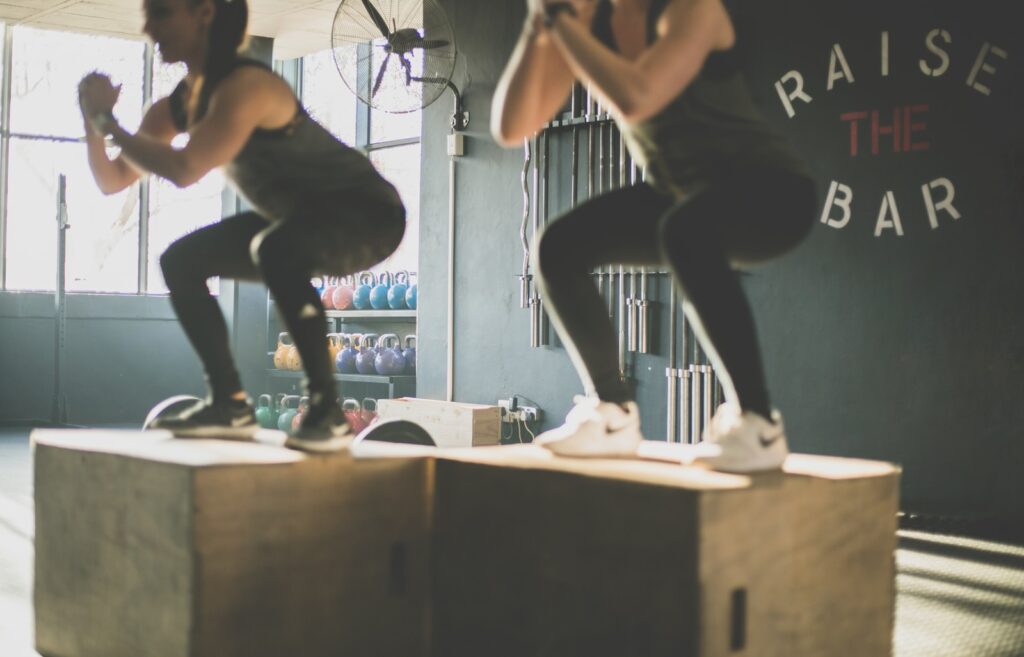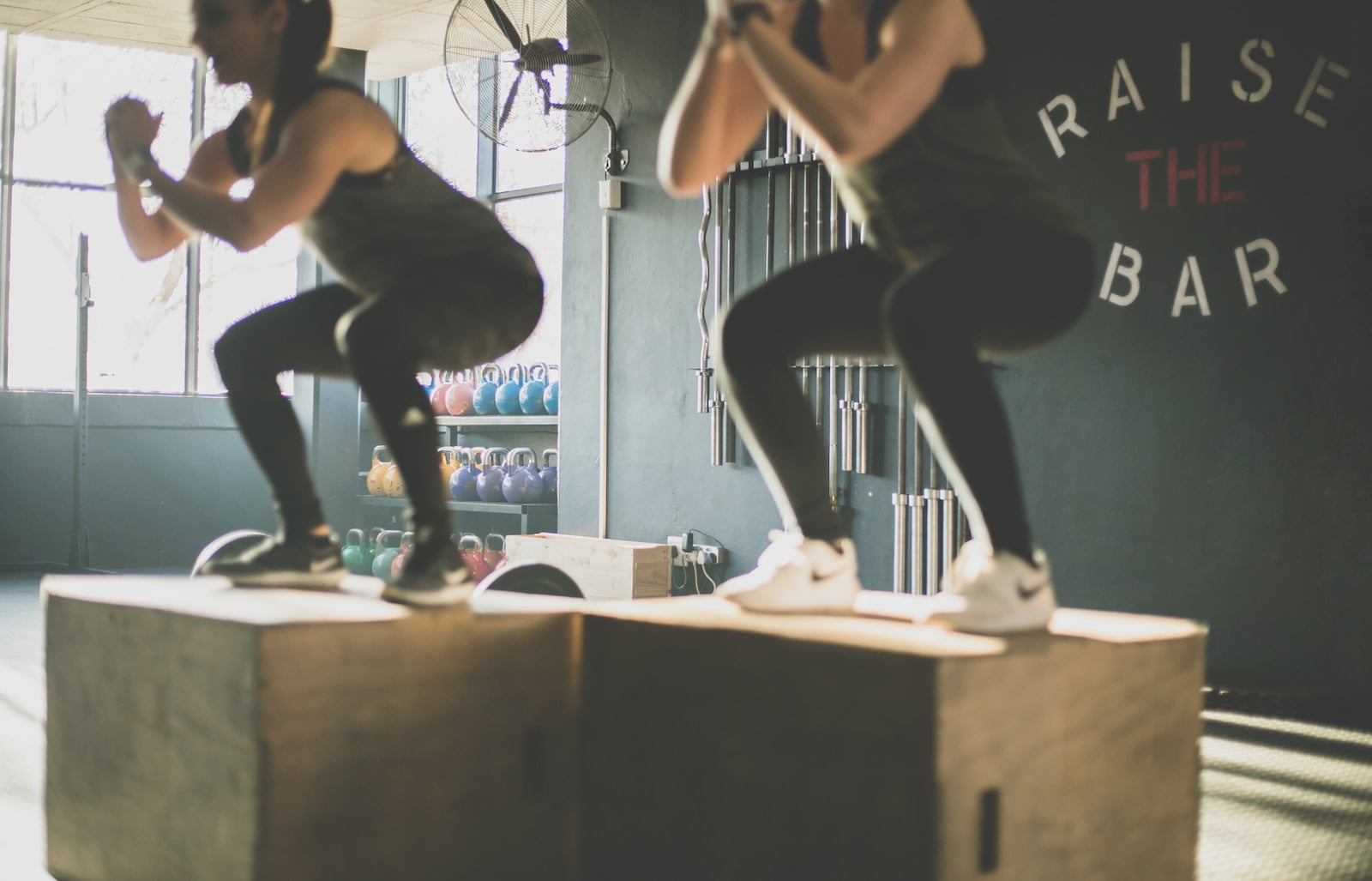When it comes to toning your lower body, two exercises often come to mind: side lunges and squats. Both are popular for their massive benefits in building strength and improving muscle tone. But which one is more effective for your specific goals? In this article, we’ll delve into the differences, benefits, and drawbacks of each exercise to help you make an informed decision.
Table of Contents
What Are Side Lunges?
Side lunges, on the other hand, are a great way to focus on the inner and outer thighs. This exercise involves stepping to the side and bending your knee while keeping the other leg straight. This movement not only builds strength and tones your thighs but also improves your balance and mobility.
Muscles Targeted by Side Lunges
Side lunges primarily target the inner and outer thighs, quads, hamstrings, and core muscles. They are excellent for improving balance and stability, which is crucial as we age.
How to Perform Side Lunges
- Stand with feet together, hands clasped in front of the chest.
- Step your right foot to the right approximately 2-3 feet.
- Shift your weight into your right foot and bend your right knee.
- Keep your left leg straight and return to the starting position.
Common Mistakes in Side Lunges
Avoid these traps when performing side lunges:
- Dropping the chest
- Caving knees
- Lifting the heel on the working leg
Benefits of Side Lunges
The primary benefit of side lunges is that they target the muscles that squats may neglect, such as the adductors and abductors in your inner and outer thighs. They also enhance hip mobility and stability, which can contribute to a better posture and a decreased risk of injury.
Drawbacks of Side Lunges
Despite their benefits, side lunges can be challenging for beginners due to the coordination and balance required. Furthermore, they might not provide the same calorie burn as squats because they engage fewer muscle groups.
Squats are a staple exercise in the fitness world and for good reason. They’re a compound movement that targets several muscles including the quadriceps, hamstrings, gluteus maximus, and even the core. When performed with correct form, squats can significantly increase lower body strength and tone your muscles.

What Are Squats?
Muscles Targeted by Squats
Squats work on your quads, hamstrings, and glutes primarily. They also engage your core and lower back muscles, offering a more comprehensive workout.
How to Perform Squats
- Stand upright with your feet shoulder-width apart.
- Lower your body by bending your knees and pushing your hips back.
- Keep your back straight and chest up.
- Push through your heels to return to the starting position.
Common Mistakes in Squats
Be cautious of these mistakes:
- Arching the back
- Knees going past the toes
- Not going low enough
Benefits of Squats
One of the main advantages of squats is their versatility. They can be performed with various modifications and weights to target different muscle groups. More importantly, they help build strong leg muscles and improve overall body strength. Squats are also excellent for burning calories, as they engage large muscle groups in your body.
Drawbacks of Squats
However, squats aren’t without their disadvantages. If done incorrectly, they can put undue stress on your knees and lower back. This is particularly concerning for individuals with pre-existing conditions. Furthermore, squats primarily target the front of the legs and the glutes, potentially neglecting the muscles on the sides of your thighs.
Side Lunges and Squats
Strength and Muscle Building
Squats are generally better for building strength and muscle mass in the quads and glutes. Side lunges, on the other hand, are more effective for targeting specific muscles like the inner and outer thighs.1
Flexibility and Balance
Side lunges promote better balance and flexibility, especially in the frontal plane of motion. Squats are more straightforward and focus on strength and power.
Risk of Injuries
Both exercises have their risks if not performed correctly. However, squats are generally considered safer as they involve both legs performing the same movement, reducing the risk of imbalance.
The Verdict
Choosing between side lunges and squats is largely dependent on your individual fitness goals. If you’re aiming to build overall leg strength and burn calories, squats could be your go-to exercise. However, if your focus is on toning the muscles of your inner and outer thighs and improving your hip mobility, side lunges would be more beneficial.
Ultimately, incorporating both exercises into your workout regimen might be your best bet for a balanced and comprehensive lower body workout. Remember, variety is key in fitness. Mixing up your exercises not only keeps your workouts interesting, but it also ensures that you’re challenging your muscles in different ways – which will lead to better results in the long run.
Conclusion
Both side lunges and squats have their unique sets of benefits and drawbacks. Your choice between the two should depend on your specific fitness goals, whether it’s building massive leg strength or improving balance and flexibility. Why not incorporate both into your routine for a well-rounded lower body workout?
FAQs
Are squats or side lunges better for beginners?
Both exercises can be modified to suit beginners. However, squats might be slightly easier to start with due to their straightforward form.
Can I do side lunges and squats on the same day?
Yes, you can perform both exercises on the same day as part of a comprehensive lower body workout.
What muscles do side lunges and squats work
Both side lunges and squats work multiple muscles in the lower body. Side lunges primarily target the quadriceps, hamstrings, and glutes, with added emphasis on the adductors and abductors of the hip. Squats, on the other hand, target the glutes, quadriceps, hamstrings, adductors, hip flexors, and calves
Which exercise burns more calories?
Generally, squats burn more calories because they engage more and larger muscle groups.u003cbru003eTo conclude, both side lunges and squats are valuable exercises when it comes to toning your lower body. Understanding the benefits and drawbacks of each can help you make an informed decision that aligns with your fitness goals. However, incorporating a variety of exercises into your routine is essential for optimal results.
- https://liftbigeatbig.com/squats-vs-lunges/ ↩︎

